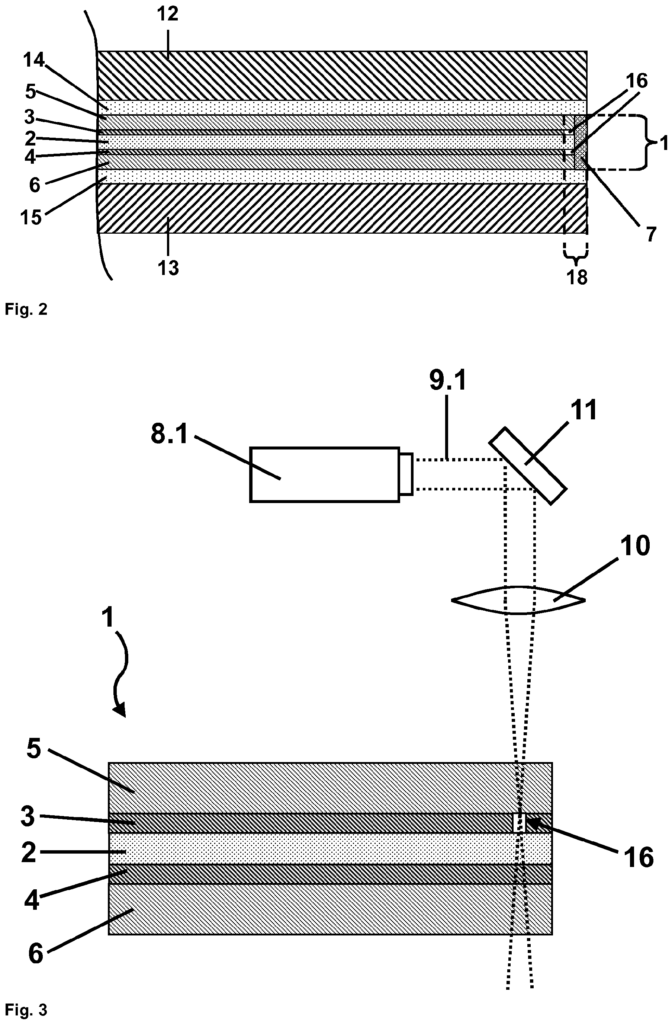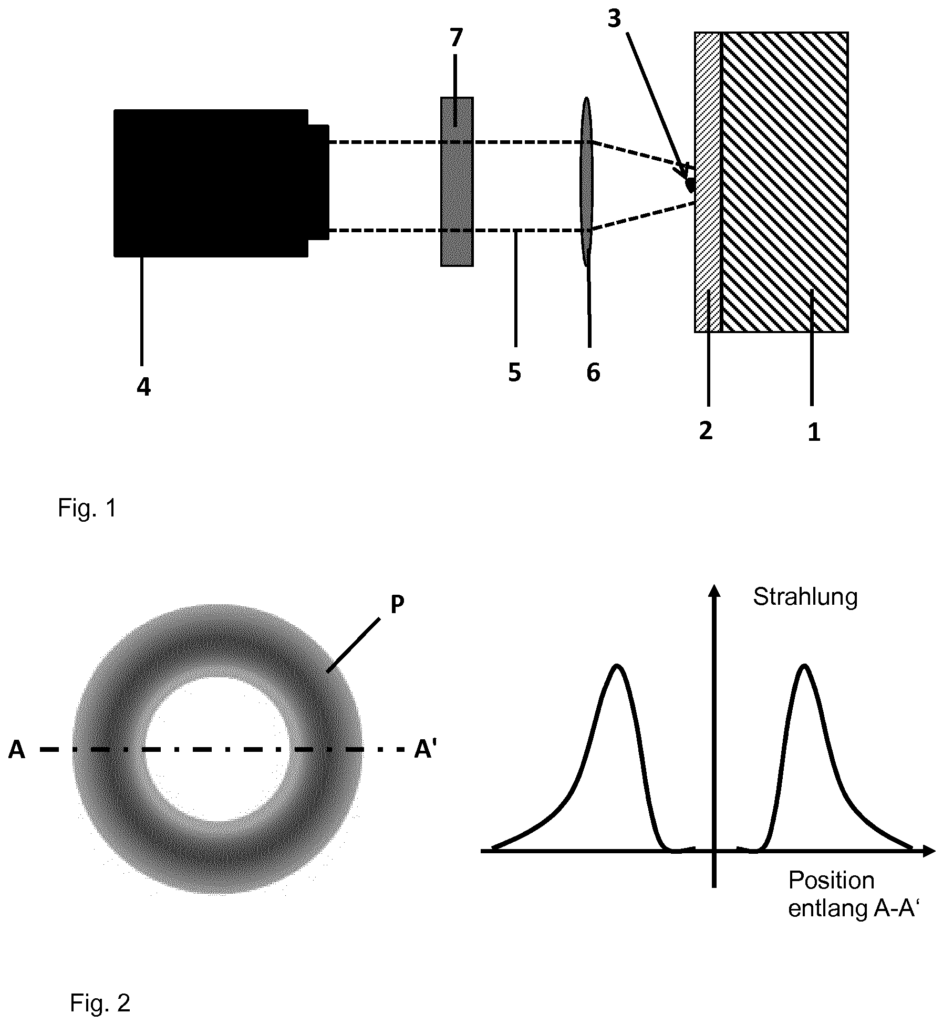The rise of smart technologies has transformed our daily lives, with the global smart home market projected to exceed $135 billion by 2025. Home electronics like Air conditioners, once manual, can now be controlled via mobile phones, enhancing comfort and energy efficiency. This trend extends to other household items like TVs, refrigerators, and lights, making life more convenient for residents.
After electronics and smart furniture, now house windows are joining this list. Imagine adjusting light and heat with a simple touch, significantly improving energy efficiency and comfort. With Saint-Gobain’s smart building glasses, entire skyscrapers can be managed from mobile devices. This innovation marks a significant shift toward more connected and sustainable living environments.
Smart glasses are a new advancement in building technology that adds digital features to regular windows. Unlike standard glass, smart glasses can change their transparency, color, and thermal properties based on sunlight, temperature, and user preferences.
Smart glasses enhance the look of buildings and help save energy by reducing the need for heating and cooling. They offer better control over indoor environments, improving comfort and promoting sustainability, making them essential in the development of smart buildings.
Patents Behind Smart Building Glass Technology
- CA3163812A1 – The patent describes an insulating glass pane arrangement that includes an inner pane and an outer pane with a cavity between them. Inside this cavity, there are components like a data store, a read-out device with a transmitting feature, and an energy recovery element. This setup allows for data retrieval and energy recovery through the inner pane, enhancing the overall functionality of the glass. The design integrates advanced technology to improve energy efficiency in buildings.
- EP2984517B1 – The patent outlines a multilayer film with electrically switchable optical properties, featuring an active layer between two surface electrodes controlled by voltage. It focuses on enhancing the edge seal for automated processing and welding of carrier films to create a sealed region. The production method uses a laser to introduce separating lines in the conductive layers, improving the durability and stability of the film for various applications.
- US9226366B2 – The invention pertains to a lighting control system featuring a control unit with a memory that stores control programs. These programs can manage optical transmission through an active window pane with electro-controllable properties and regulate an electro-controllable lighting device. Additionally, the system includes a coloration sensor that measures the color of the light. The control programs adjust the lighting produced by the device based on the readings from the coloration sensor, enhancing the overall lighting experience.
- EP3041804B1 – The invention describes a method for producing a disc with an electrically conductive coating. It uses laser radiation with an annular beam profile to identify defects in the coating. This approach leads to a more efficient and less noticeable process for preventing malfunctions in switchable glazing while enhancing their aesthetic appeal.
5. ES2898321T3 – The patent describes composite glass with electrically switchable optical properties, consisting of an outer glass and an inner glass connected by an intermediate layer. Within this layer, there’s a switchable functional element that includes active layers and electrodes. An infrared protective coating is applied to the support sheet facing the active layer, enhancing protection against infrared radiation while also serving as an outer surface electrode. This innovative design allows for dynamic control of light transmission, improving energy efficiency and comfort in buildings.
Conclusion
In summary, Saint-Gobain’s smart building glasses are an exciting development in modern architecture. These innovative windows not only adjust to changing light and temperature but also improve comfort and save energy. With features like smart controls and advanced coatings, they make buildings more efficient and stylish. As technology continues to advance, smart glass will play a key role in creating more sustainable and connected living spaces. Embracing these innovations can lead to a brighter, more energy-efficient future for homes and skyscrapers alike.





